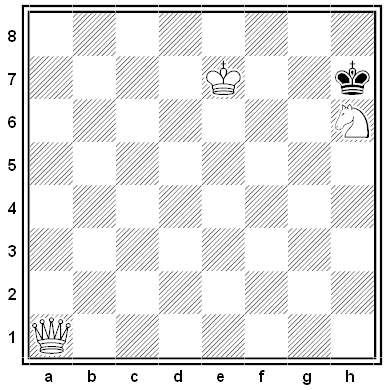In his 1936 collection Brush Up Your Wits, British puzzle maven Hubert Phillips relates that his brother-in-law felt himself cursed with an unintelligent maid. “I have just overheard her taking a ‘phone call,” he told Phillips, “and this is what I heard:
“‘Is Mr. Smith at home?’
“‘I will ask him, sir. What name shall I give him?’
“‘Quoit.’
“‘What’s that, sir?’
“‘Quoit.’
“‘Would you mind spelling it?’
“‘Q for quagga, U for umbrella, O for omnibus, I for idiot –‘
“‘I for what, sir?’
“‘I for idiot, T for telephone. Q, U, O, I, T, Quoit.’
“‘Thank you, sir.'”
Why did he accuse her of unintelligence?







